The ultimate packing guide for your Amazon adventure
One of the first things you should consider when packing for your next vacation is the climate you will be visiting. In an ideal world, you could pick and choose the kind of weather you’ll experience. But in the real world, it’s best to do your research beforehand so that you will be prepared for whatever each day may bring. Here is some sage advice to help you enjoy every minute of your holiday!
 There are two main seasons in the Amazon Rainforest: the dry and consistently hot season and the rainy season which is a little cooler. The duration of each season can vary just as it does in both the Northern and Southern hemispheres. Depending on the year, the dry season usually starts around the month of June and lasts until November. The rainy season is the rest of the year, generally lasting from December to May. However, it’s important to remember that the Rainforest is true to its name year-round!
There are two main seasons in the Amazon Rainforest: the dry and consistently hot season and the rainy season which is a little cooler. The duration of each season can vary just as it does in both the Northern and Southern hemispheres. Depending on the year, the dry season usually starts around the month of June and lasts until November. The rainy season is the rest of the year, generally lasting from December to May. However, it’s important to remember that the Rainforest is true to its name year-round!
 So now that you have determined which season you will be experiencing during your stay, it’s time to start thinking about one word in particular… layers! No matter which season your trip falls under, layers will stand you in good stead because you can take off and put on articles of clothing to suit your needs. It is essential to pack a week’s worth of lightweight long pants, long-sleeved shirts, long cotton socks, and t-shirts. Rain gear like water-resistant shoes or hiking boots and a jacket or poncho are advisable for both seasons. You may also want to take into consideration the fact that bright colours may scare wildlife. Remember that natural colours like greens and browns will help you blend into the surroundings.
So now that you have determined which season you will be experiencing during your stay, it’s time to start thinking about one word in particular… layers! No matter which season your trip falls under, layers will stand you in good stead because you can take off and put on articles of clothing to suit your needs. It is essential to pack a week’s worth of lightweight long pants, long-sleeved shirts, long cotton socks, and t-shirts. Rain gear like water-resistant shoes or hiking boots and a jacket or poncho are advisable for both seasons. You may also want to take into consideration the fact that bright colours may scare wildlife. Remember that natural colours like greens and browns will help you blend into the surroundings.
 Aside from the other basics like your passport, plane tickets, credit cards, and cash, it is important to remember any medications and personal toiletries you cannot do without. Other sensible items that will serve you well are a small backpack to take on excursions, a hat, high SPF sunscreen, sunglasses, insect repellent, and a good flashlight or headlamp to use if you want to venture out for an evening stroll. In an ecosystem so rich in biodiversity, you can’t miss out on seeing some of the creatures who only stir in the safety of the cover of night.
Aside from the other basics like your passport, plane tickets, credit cards, and cash, it is important to remember any medications and personal toiletries you cannot do without. Other sensible items that will serve you well are a small backpack to take on excursions, a hat, high SPF sunscreen, sunglasses, insect repellent, and a good flashlight or headlamp to use if you want to venture out for an evening stroll. In an ecosystem so rich in biodiversity, you can’t miss out on seeing some of the creatures who only stir in the safety of the cover of night.
 A good pair of binoculars with 8x 35 mm magnification should be exactly what you need for excellent wildlife viewing. If you prefer the ability to capture and view the sights you see more than once, however, you’ll need to invest in a good quality camera with various lenses for different views. For example, a telephoto lens will allow you to zoom in on creatures like one of the many different species of monkeys who call the canopy home. If you’re atop one of the observation towers nestled into the landscape, zoom functions are a powerful tool to make the most of those impressive views. Despite long distances, you’ll be able to snap high-quality images of all the action happening in the treetops! And If you’re intrigued by the microcosms at your feet on the forest floor, a macro lens will help you focus on more up-close and personal encounters with cute reptiles like turtles and lizards, or colourful amphibians like frogs and salamanders. Just be sure to pack extra batteries and ziplock type bags or other plastic coverings to protect your electronic gear from the elements.
A good pair of binoculars with 8x 35 mm magnification should be exactly what you need for excellent wildlife viewing. If you prefer the ability to capture and view the sights you see more than once, however, you’ll need to invest in a good quality camera with various lenses for different views. For example, a telephoto lens will allow you to zoom in on creatures like one of the many different species of monkeys who call the canopy home. If you’re atop one of the observation towers nestled into the landscape, zoom functions are a powerful tool to make the most of those impressive views. Despite long distances, you’ll be able to snap high-quality images of all the action happening in the treetops! And If you’re intrigued by the microcosms at your feet on the forest floor, a macro lens will help you focus on more up-close and personal encounters with cute reptiles like turtles and lizards, or colourful amphibians like frogs and salamanders. Just be sure to pack extra batteries and ziplock type bags or other plastic coverings to protect your electronic gear from the elements.
 If you follow these tidbits of advice, chances are very good that you will only experience positive surprises on your trip because you will be prepared for whatever Mother Nature throws your way. The Amazon is beckoning… will you answer its call? Be adventurous, be inquisitive, and be prepared!
Miguel Andy is General Manager of Napo Wildlife Center. Napo Wildlife Center is an eco-lodge offering unforgettable experiences in the Amazon rainforest of Ecuador, inside Yasuni Biosphere Reserve, which is managed by the Añangu kichwa aboriginal community.
If you would like to be a guest blogger on A Luxury Travel Blog in order to raise your profile, please contact us.
If you follow these tidbits of advice, chances are very good that you will only experience positive surprises on your trip because you will be prepared for whatever Mother Nature throws your way. The Amazon is beckoning… will you answer its call? Be adventurous, be inquisitive, and be prepared!
Miguel Andy is General Manager of Napo Wildlife Center. Napo Wildlife Center is an eco-lodge offering unforgettable experiences in the Amazon rainforest of Ecuador, inside Yasuni Biosphere Reserve, which is managed by the Añangu kichwa aboriginal community.
If you would like to be a guest blogger on A Luxury Travel Blog in order to raise your profile, please contact us.
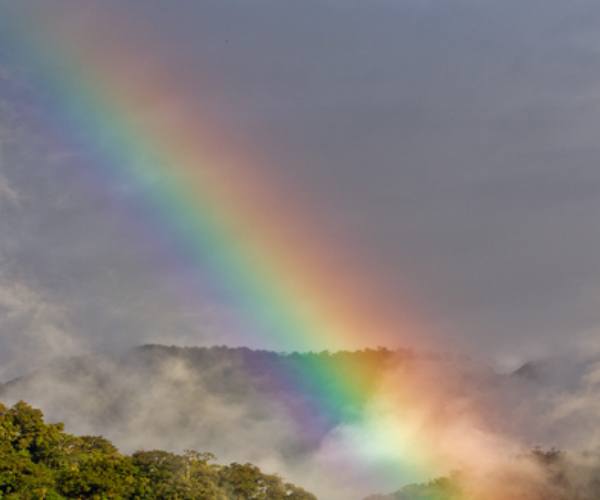 There are two main seasons in the Amazon Rainforest: the dry and consistently hot season and the rainy season which is a little cooler. The duration of each season can vary just as it does in both the Northern and Southern hemispheres. Depending on the year, the dry season usually starts around the month of June and lasts until November. The rainy season is the rest of the year, generally lasting from December to May. However, it’s important to remember that the Rainforest is true to its name year-round!
There are two main seasons in the Amazon Rainforest: the dry and consistently hot season and the rainy season which is a little cooler. The duration of each season can vary just as it does in both the Northern and Southern hemispheres. Depending on the year, the dry season usually starts around the month of June and lasts until November. The rainy season is the rest of the year, generally lasting from December to May. However, it’s important to remember that the Rainforest is true to its name year-round!
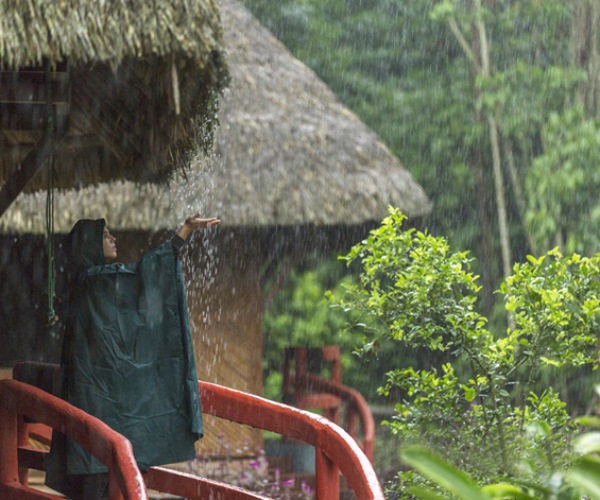 So now that you have determined which season you will be experiencing during your stay, it’s time to start thinking about one word in particular… layers! No matter which season your trip falls under, layers will stand you in good stead because you can take off and put on articles of clothing to suit your needs. It is essential to pack a week’s worth of lightweight long pants, long-sleeved shirts, long cotton socks, and t-shirts. Rain gear like water-resistant shoes or hiking boots and a jacket or poncho are advisable for both seasons. You may also want to take into consideration the fact that bright colours may scare wildlife. Remember that natural colours like greens and browns will help you blend into the surroundings.
So now that you have determined which season you will be experiencing during your stay, it’s time to start thinking about one word in particular… layers! No matter which season your trip falls under, layers will stand you in good stead because you can take off and put on articles of clothing to suit your needs. It is essential to pack a week’s worth of lightweight long pants, long-sleeved shirts, long cotton socks, and t-shirts. Rain gear like water-resistant shoes or hiking boots and a jacket or poncho are advisable for both seasons. You may also want to take into consideration the fact that bright colours may scare wildlife. Remember that natural colours like greens and browns will help you blend into the surroundings.
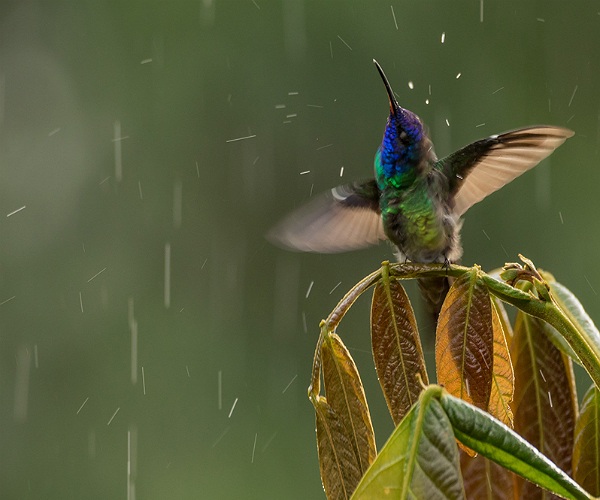 Aside from the other basics like your passport, plane tickets, credit cards, and cash, it is important to remember any medications and personal toiletries you cannot do without. Other sensible items that will serve you well are a small backpack to take on excursions, a hat, high SPF sunscreen, sunglasses, insect repellent, and a good flashlight or headlamp to use if you want to venture out for an evening stroll. In an ecosystem so rich in biodiversity, you can’t miss out on seeing some of the creatures who only stir in the safety of the cover of night.
Aside from the other basics like your passport, plane tickets, credit cards, and cash, it is important to remember any medications and personal toiletries you cannot do without. Other sensible items that will serve you well are a small backpack to take on excursions, a hat, high SPF sunscreen, sunglasses, insect repellent, and a good flashlight or headlamp to use if you want to venture out for an evening stroll. In an ecosystem so rich in biodiversity, you can’t miss out on seeing some of the creatures who only stir in the safety of the cover of night.
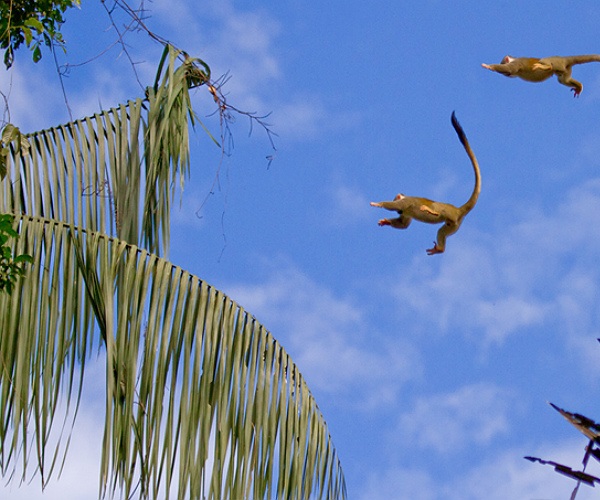 A good pair of binoculars with 8x 35 mm magnification should be exactly what you need for excellent wildlife viewing. If you prefer the ability to capture and view the sights you see more than once, however, you’ll need to invest in a good quality camera with various lenses for different views. For example, a telephoto lens will allow you to zoom in on creatures like one of the many different species of monkeys who call the canopy home. If you’re atop one of the observation towers nestled into the landscape, zoom functions are a powerful tool to make the most of those impressive views. Despite long distances, you’ll be able to snap high-quality images of all the action happening in the treetops! And If you’re intrigued by the microcosms at your feet on the forest floor, a macro lens will help you focus on more up-close and personal encounters with cute reptiles like turtles and lizards, or colourful amphibians like frogs and salamanders. Just be sure to pack extra batteries and ziplock type bags or other plastic coverings to protect your electronic gear from the elements.
A good pair of binoculars with 8x 35 mm magnification should be exactly what you need for excellent wildlife viewing. If you prefer the ability to capture and view the sights you see more than once, however, you’ll need to invest in a good quality camera with various lenses for different views. For example, a telephoto lens will allow you to zoom in on creatures like one of the many different species of monkeys who call the canopy home. If you’re atop one of the observation towers nestled into the landscape, zoom functions are a powerful tool to make the most of those impressive views. Despite long distances, you’ll be able to snap high-quality images of all the action happening in the treetops! And If you’re intrigued by the microcosms at your feet on the forest floor, a macro lens will help you focus on more up-close and personal encounters with cute reptiles like turtles and lizards, or colourful amphibians like frogs and salamanders. Just be sure to pack extra batteries and ziplock type bags or other plastic coverings to protect your electronic gear from the elements.
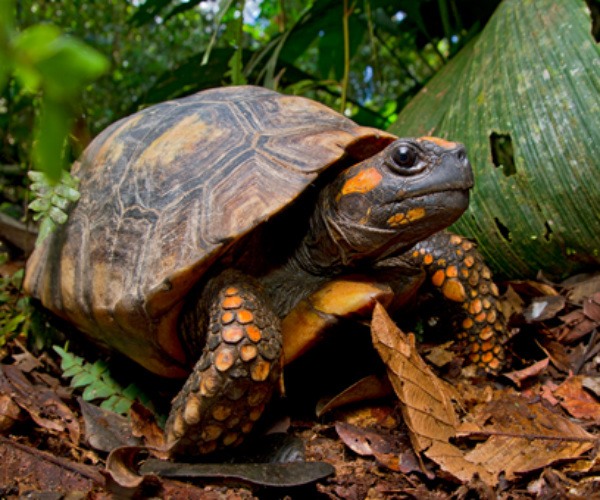 If you follow these tidbits of advice, chances are very good that you will only experience positive surprises on your trip because you will be prepared for whatever Mother Nature throws your way. The Amazon is beckoning… will you answer its call? Be adventurous, be inquisitive, and be prepared!
Miguel Andy is General Manager of Napo Wildlife Center. Napo Wildlife Center is an eco-lodge offering unforgettable experiences in the Amazon rainforest of Ecuador, inside Yasuni Biosphere Reserve, which is managed by the Añangu kichwa aboriginal community.
If you would like to be a guest blogger on A Luxury Travel Blog in order to raise your profile, please contact us.
If you follow these tidbits of advice, chances are very good that you will only experience positive surprises on your trip because you will be prepared for whatever Mother Nature throws your way. The Amazon is beckoning… will you answer its call? Be adventurous, be inquisitive, and be prepared!
Miguel Andy is General Manager of Napo Wildlife Center. Napo Wildlife Center is an eco-lodge offering unforgettable experiences in the Amazon rainforest of Ecuador, inside Yasuni Biosphere Reserve, which is managed by the Añangu kichwa aboriginal community.
If you would like to be a guest blogger on A Luxury Travel Blog in order to raise your profile, please contact us.Did you enjoy this article?
Receive similar content direct to your inbox.


I’ve not done the Amazon but I’ve been to some other rain-forest environments. Not only would I agree on layers but also about looking down too. Too many people spend their time staring up at the rain forest canopy when there’s probably even more life down by their feet.
Hello Will, thank you for your comment. For example, if you can go through different creeks or rivers, on a paddle canoe, there are great chances to spot different animals who come over to the water.
When it comes to packing I think a lot of us can be very naive. Sunglasses? Check. Swimwear? Check. Sun cream? Check.
There’s often too much blue-sky thinking, we’re travelling and on holiday so the weather’s going to be brilliant.
Nice piece, realistic and very helpful.
Hello Karen, thank you very much for your comment. Specially if you come to the Amazon, you have to keep in mind it is the rainforest, so rain will be there. However as part of the trip, you can enjoy a lot while rains, by walking around, guided by a native leader and feeling the great sensation of water just falling.
Living in the UK, we’re pretty adept with handling the rain and having to layer up. Water-resistant shoes are good idea, I’ve hot a pair of hiking boots that have proven a lifesaver with wet days and muddy hills. I hadn’t thought about blending in so as not to scare the wildlife, that’s a really good point. Covering up is important for reducing insect bites too I imagine along with the insect repellant you mentioned. Are ticks an issue in the Amazon, with the potential for Lyme? I’d definitely want binoculars and a decent camera with plenty of backup batteries and memory cards because there would be so, so much to take photos of. There are good waterproof carriers you can get, a bit like ziplock bags but more robust. I’ve got one for my phone. Waterproof and airtight, with a loop to put it around your neck or perhaps fasten it to the strap of your bag. Great tips, Miguel!
Hello Ellen, thank you very much for your participation. Fortunately, as there are lodges where you can take a hot shower in your private room and where you would have a native guide to take you through authentic but safe areas, you won’t have to deal with ticks. Don’t hesitate to even bring more than one memory card, as you will be mesmerized with the wonders around.
I’ve lived in a tropical country when I was teaching English a couple of years ago. These things were my everyday stuff. I always have some in my bag. Although one should never forget sunblock or sunscreen for the face wherever in the world you are. It’s just good basic skin care.
Hello Tricia, thank you very much for your comment. Specially if you come to the Ecuadorian Amazon, you have remember to bring sunscreen, as sun will be definetly shining.
As I think that we’re finally going g to do the often postponed Amazon trip probably next year, I thought I’d do some research on what we will need to pack. This is a very useful post. Many thanks.